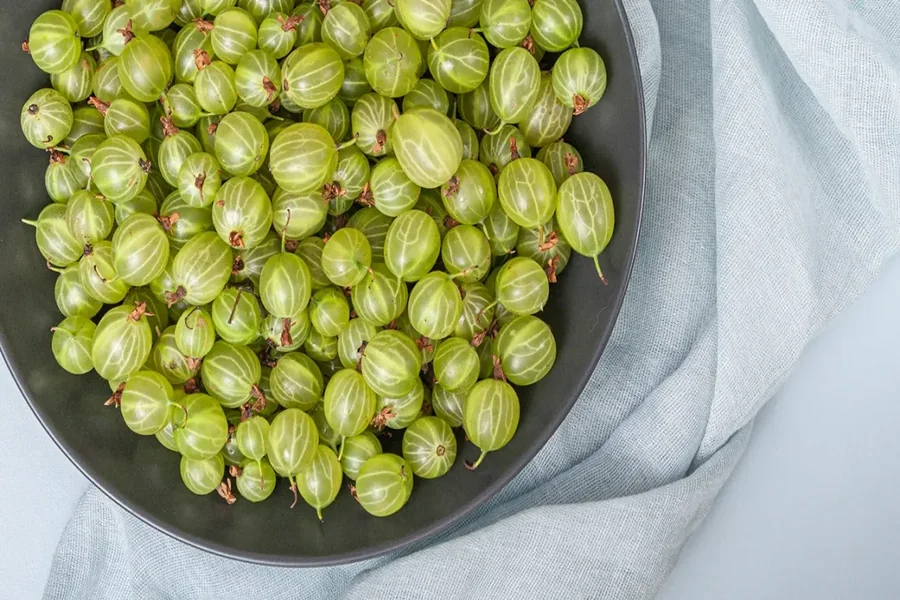Ayurveda has long emphasised naturally processed foods to aid in balancing and diabetes management with a focus on a proper diet. Amla, or Indian gooseberry, among them, is especially rich in nutrients and has therapeutic value. When people have to deal with blood sugar issues, they should know how this fruit and its derivatives can be incorporated into everyday life.
Slowing Sugar Absorption
The amla soluble fiber is dissolvable, thus decreasing the absorption of sugar into the blood. This process assists in curbing the immediate spikes in the glucose levels following meals. In individuals with type 2 diabetes, absorption slowing may help to achieve more balanced glucose levels and improved glycaemic regulation over the long term. It is natural and rich in fiber, which benefits blood sugar and the health of the gut.
Enhancement of Insulin Sensitivity
The other benefit is that amla increases the response of body to insulin. Enhanced sensitivity enables the cells to use glucose better and decreases the general resistance. Research indicates that this effect is especially helpful in the case of people who are at risk of complications associated with poor insulin functioning. This renders amla a healthy dietary supplement to individuals who want to enhance metabolic effectiveness on top of their normal care program.
Antioxidants Against Oxidative Stress
Diabetes is known to elevate oxidative stress, which may go ahead to damage tissues and aggravate insulin resistance. Amla contains high vitamin C, which is combined with phytonutrients and flavonoids to fight free radicals. This antioxidant defence lowers inflammation and supports cardiovascular health, a major concern for many living with diabetes.
Practical Use in Daily Life
Fresh berries might not be readily available all year round, but the problem can be solved by taking amla powder in water. The amla juice is naturally a tangy one and it works better when taken unsweetened. Doctors suggest that cold-pressed products should be preferred that maintain nutrition instead of heat-processed or artificially sweetened products. With a starting dosage of 10-20 ml diluted in water on an empty stomach, people can see how to make it part of their lives.
Insights from Ayurveda Experts
The quality of the product is more important than brand labels, as emphasised in Ask Ayurveda. The site emphasises the importance of natural sourness being an indicator of genuineness. Too sweet products can become therapeutically useless. Their specialist advice assists users to make well-informed decisions based on individual health statuses and dosha constitution.
At Ask Ayurveda, customers obtain more than information; they are supplied with the personalised knowledge of the qualified Ayurvedic practitioners. The site is clear regarding what to select and how to use it safely. This is in line with the traditional practice and necessities of modern health.
Supporting Overall Health
In addition to glucose control, amla benefits include heart health due to the reduction of LDL cholesterol and triglycerides. It helps in immunity, eye health, as well as digestion, which is very important to people with chronic conditions. This fruit should be integrated into a wider health scheme as an addition of support instead of an alternative to medical attention.
Conclusion
Is amla juice effective in diabetes? There is strong evidence to suggest that it can be a useful addition to medical care by stabilising blood sugar, increasing insulin sensitivity and combating oxidative stress. Having a system of professional resources, patients can receive assistance in the way they choose and use amla in the most appropriate way. Moderate consumption and use, under the expert advice, can make this ancient superfruit a reliable friend in contemporary diabetes management.

